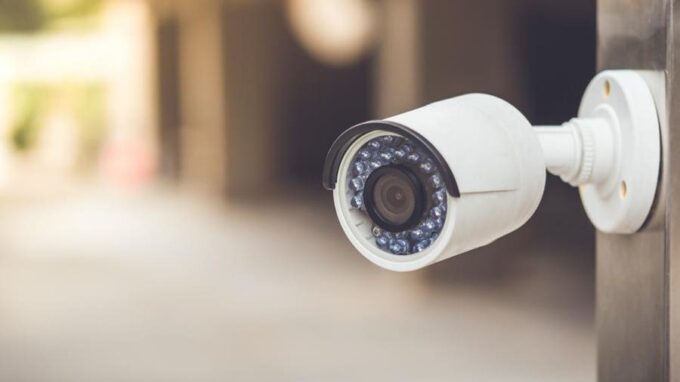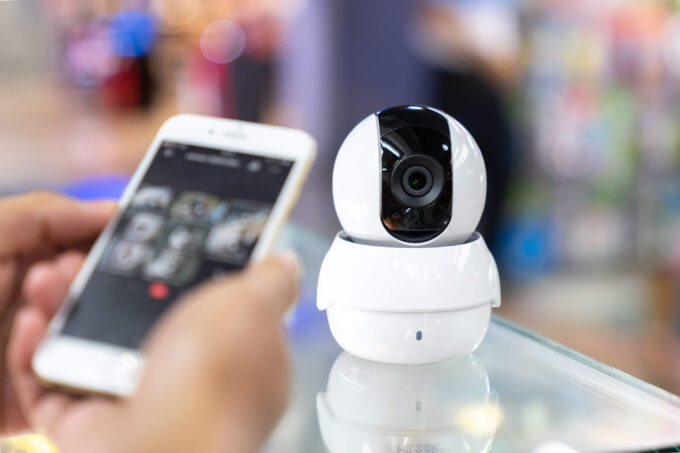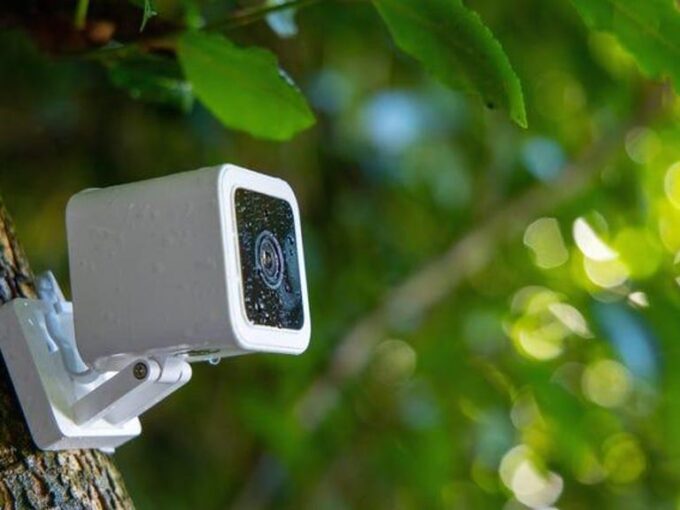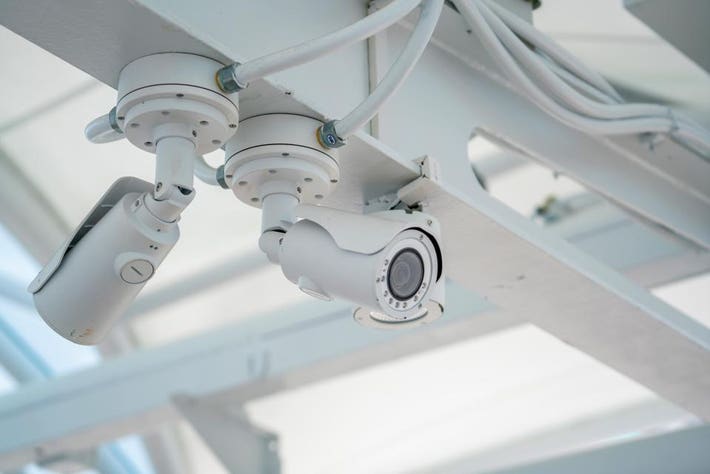In today’s ever-evolving security landscape, businesses must employ proactive measures to protect their assets, employees, and customers. The installation of Closed-Circuit Television (CCTV) systems is a fundamental step toward achieving enhanced security.
However, the true efficacy of these systems lies in the formulation and implementation of comprehensive monitoring strategies.
In this exhaustive guide, we will delve into intricate details of key principles and strategies that businesses can adopt to elevate their CCTV monitoring practices to an exceptional level of sophistication and effectiveness.
Strategies for Effective CCTV Monitoring

1. Camera Types and Specifications
Begin your CCTV strategy by selecting the appropriate camera types and specifications for different areas of your business premises. Consider factors such as camera resolution, lens type, field of view, and environmental conditions. Utilize PTZ (Pan-Tilt-Zoom) cameras for versatile coverage in large areas.
2. Coverage Maps and Heat Mapping
Create detailed coverage maps that highlight camera placements and their respective fields of view. Utilize heat mapping technology to identify high-traffic areas, enabling more targeted CCTV monitoring services and response strategies.
3. Facial Recognition and License Plate Recognition (LPR)
For advanced security, consider integrating facial recognition and LPR technology into your CCTV system. This enables you to identify individuals and vehicles of interest, enhancing security and access control.
4. Analytics and Machine Learning
Leverage analytics and machine learning algorithms to automate monitoring tasks. These systems can detect anomalies, track object movements, and even predict potential security threats based on historical data.
5. Remote Monitoring and Mobile Access

Enable remote monitoring through secure connections, allowing authorized personnel to access live feeds and recorded footage from anywhere. Mobile apps can provide real-time alerts and access, ensuring continuous surveillance.
6. Cybersecurity Measures
Protect your CCTV system from cyber threats by implementing robust cybersecurity measures. This includes firewall configurations, regular system updates, and encryption protocols to safeguard sensitive footage.
7. Data Encryption and Storage Solutions
Encrypt stored footage to prevent unauthorized access. Utilize scalable and redundant storage solutions to accommodate increasing data volumes while maintaining data integrity.
8. Access Control and User Permissions
Implement strict access control measures, assigning user permissions based on roles and responsibilities. Ensure that only authorized personnel can access sensitive footage and system settings.
9. Artificial Intelligence (AI)-Powered Behavior Analysis

Employ AI-powered behavior analysis to detect unusual activities or suspicious behavior in real-time. This can include recognizing loitering, intrusion, or aggressive behavior, triggering immediate alerts.
10. Integration with the Security Ecosystem
Seamlessly integrate your CCTV system with other security components, such as access control, alarm systems, and emergency response protocols, to create a unified security ecosystem.
11. Compliance with Legal and Privacy Regulations
Stay compliant with regional and national regulations regarding CCTV usage, data storage, and privacy. Display appropriate signage to inform individuals of surveillance on your premises.
13. Regular Audits and System Health Checks
Conduct periodic audits and system health checks to ensure cameras, recording devices, and alert systems function optimally. Address any issues promptly to minimize downtime.
14. Incident Management and Documentation
Develop a detailed incident management protocol, including documentation of incidents, video evidence preservation, and reporting to law enforcement when necessary.
15. Continuous Training and Skill Development

Foster a culture of continuous training and skill development among security personnel. Keep them updated on emerging threats, technology advancements, and best practices in CCTV monitoring.
16. Call Center Consulting Services Integration
Integrate Call Center Consulting Services into your security infrastructure for real-time incident response and customer support.
A dedicated call center consulting service can handle security-related calls, dispatch response teams, and assist employees and customers during security incidents.
17. Evolving Threat Assessments
Stay vigilant by conducting evolving threat assessments. Adapt your CCTV strategy to address emerging security challenges and vulnerabilities.
18. Performance Metrics and KPIs
Define key performance indicators (KPIs) to measure the effectiveness of your CCTV monitoring strategy. Regularly analyze data to identify areas for improvement.
19. Vendor Support and Maintenance Contracts
Establish maintenance contracts with CCTV vendors to ensure timely updates, repairs, and access to technical support.
The Crucial Elements of an Effective CCTV System

In the digital age, the safety and security provided by Closed-Circuit Television (CCTV) systems are paramount. But while ensuring safety, it’s equally crucial to navigate the delicate balance between surveillance and privacy.
Moreover, it’s vital that these systems operate without hitches. Let’s delve into some of the essential aspects that can help enhance the efficacy of your CCTV system.
1. Privacy Impact Assessment: Not Just a Procedure, but a Responsibility
Before you even think about setting up a CCTV system, and certainly after it’s up and running, it’s essential to conduct a Privacy Impact Assessment (PIA). Why? In today’s world, data is akin to gold.
But like every treasure, it comes with its risks. PIAs help you identify potential privacy risks that might arise from surveillance. For instance, consider a camera inadvertently capturing a neighbor’s window. Such oversights could lead to legal liabilities.
Moreover, with stringent privacy regulations like the GDPR and CCPA in place, non-compliance isn’t just costly; it can tarnish a company’s reputation.
By conducting a PIA, you’re not just ticking a box but ensuring that your surveillance respects individual privacy and complies with the law.
Practical Tip: Engage with a privacy expert or legal counsel when conducting your PIA to ensure thoroughness.
2. Redundancy and Backup: Your Safety Net
Imagine a scenario where a critical incident occurs, but the data gets lost due to a power outage. Frustrating, isn’t it? That’s where redundancy comes in. Ensure you have redundant power sources and data storage systems.
By doing so, you ensure continuous surveillance, even if one system encounters an issue. Insight: Companies like Dropbox and Google Drive offer reliable cloud storage solutions that can serve as secondary storage for your data.
3. Regular Firmware Updates: Your CCTV’s Immune System
Just like we need vaccines to protect against diseases, CCTV cameras need firmware updates to guard against security breaches.
Cyber-attacks are becoming increasingly sophisticated. Outdated firmware is like an open door for these hackers. Regularly updating your camera’s firmware ensures that door remains firmly shut.
4. Emergency Power Supply: The Lifeline
Including an uninterruptible power supply (UPS) is not just smart; it’s essential. A UPS ensures that during those unpredictable power outages, your CCTV system remains uninterrupted, providing that constant watchful eye.
Conclusion
The bottom line is that achieving an exceptional level of CCTV monitoring for businesses necessitates a multifaceted approach that encompasses not only camera selection and placement but also advanced technologies, cybersecurity, compliance, and a commitment to ongoing improvement.
By implementing these intricate strategies, businesses can elevate their security posture to mitigate risks effectively, respond to incidents promptly, and maintain a secure environment for their operations and stakeholders.










